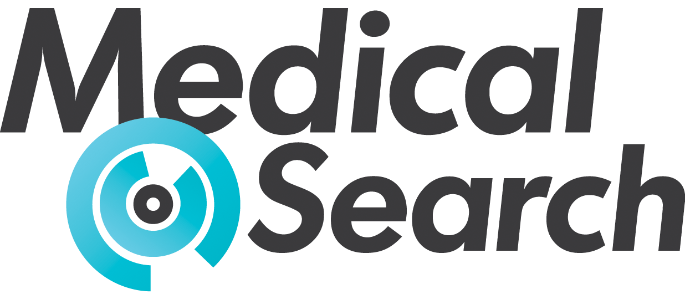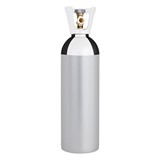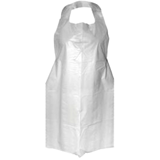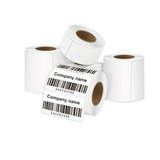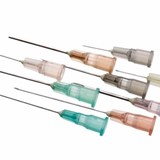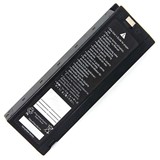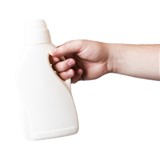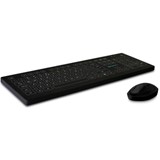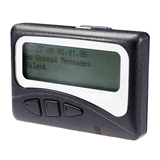Discover smart finance strategies for Australian medical practices. Explore equipment loan terms, leasing pros and cons, and fast approval tips
Key takeaways
- Equipment costs: Medical equipment in Australia can range from $5,000 for basic diagnostic tools to $250,000+ for advanced imaging systems like MRIs.
- Finance options: Australian clinics can access equipment finance from $10,000 to over $1 million, often with low-doc options for loans under $150,000.
- Leasing vs. loaning: Leasing offers flexibility and tax benefits but no ownership, while loans lead to asset ownership and long-term value.
- Approval time: Many lenders provide approvals within 24–72 hours, particularly for lower-value finance with existing ABNs.
- Tax implications: Lease payments are fully deductible, while loans offer GST claims and depreciation deductions.
- Custom terms: Finance terms typically span 1 to 7 years with flexible repayments—monthly, seasonal, or deferred.
- Key decision factors: Cash flow, tax planning, equipment lifespan, upgrade cycles, and ownership goals should all be considered.
Introduction
Whether you're setting up a new general practice, upgrading to the latest diagnostic devices, or fitting out a specialist clinic, financing medical equipment is a strategic move. Medical equipment represents a significant capital investment, and how you choose to fund it can affect everything from cash flow and compliance to tax outcomes.
This guide walks you through everything Australian medical professionals need to know about financing practice equipment—covering available finance types, loan vs. lease comparisons, tax considerations, and lender expectations—so you can make informed, confident decisions.
Types of medical equipment typically financed
Medical finance can be used for a broad range of assets, including:
- Diagnostic equipment – ECGs, spirometers, ultrasound machines
- Imaging systems – CT scanners, MRIs, X-ray systems (often over $150,000)
- Treatment tools – Surgical lights, dental chairs, autoclaves
- Practice fit-out – Cabinets, reception desks, IT and patient management systems
- Monitoring devices – Vital signs monitors, infusion pumps
Main finance options available in Australia
There are two primary methods to finance your medical equipment: loans and leases. Each offers different benefits, depending on your practice’s financial position, tax strategy, and equipment needs.
Medical equipment loan (Chattel mortgage)
This is the most common structure for outright ownership.
Key features:
- You own the equipment from the outset
- The asset is used as collateral
- GST can be claimed upfront
- Interest and depreciation are tax-deductible
Ideal for:
- Long-life equipment
- Clinics that want to build equity
- Practices with strong cash flow and ownership goals
Pros:
- Full ownership
- Ability to sell equipment later
- Strong tax and GST benefits
Cons:
- May require a deposit
- Full responsibility for maintenance
- May affect cash flow early on
Medical equipment lease
Leasing is a more flexible, usage-based model.
Types:
- Finance lease – You may buy the equipment at the end for a residual value
- Operating lease – You rent and return the equipment at term end
Key benefits:
- Low upfront costs
- Tax-deductible monthly payments
- Includes upgrade options and sometimes servicing
Ideal for:
- Equipment that needs regular upgrades (e.g. imaging or IT tech)
- Clinics seeking lower monthly repayments
- Practices wanting predictable monthly expenses
Pros:
- Preserves working capital
- Predictable repayments
- Easier to stay current with technology
Cons:
- No asset ownership unless a buyout is arranged
- Can cost more over the long run
Real-world cost comparison example
Let’s say your clinic is acquiring a $90,000 ultrasound machine:
Option 1: Loan
- Loan amount: $90,000
- Term: 5 years at 9%
- Monthly repayment: ~$1,865
- Total paid: ~$111,900
- Tax claim: Interest + depreciation (~80–90% of asset value over 5 years)
- You own the machine outright
Option 2: Lease
- Monthly lease: ~$1,650 (includes service)
- Term: 5 years
- Total paid: ~$99,000
- Tax claim: Full lease payments deductible
- End: Return, upgrade, or buy out at residual ($5,000–$10,000)
Which is better?
- Choose a loan if you plan to keep the machine long-term
- Choose a lease if you want flexibility to upgrade sooner
Real-world use scenarios: How clinics are financing smarter
1. General practice – Chattel mortgage for digital X-ray
A Melbourne GP financed a $60,000 digital X-ray machine with a 5-year chattel mortgage at 8.2% interest.
- Monthly repayments: ~$1,221
- Tax benefit: Full GST claim + depreciation
- Outcome: Faster diagnostics, 40% reduction in outsourced imaging within six months
2. Physiotherapy clinic – Leasing shockwave therapy equipment
A Newcastle clinic leased a $25,000 shockwave machine for 3 years, with a $1,000 buyout.
- Monthly payment: $770 (includes servicing)
- Flexibility: Trialled new service without upfront cost
- Outcome: 25% increase in bookings led to equipment buyout
3. Radiology centre – Financing a $300,000 CT scanner
A Sydney radiology centre used a 7-year chattel mortgage with a $50,000 balloon to fund a 128-slice CT scanner.
- Tax win: Used temporary full expensing to write off 100% in FY24–25
- Outcome: 38% increase in scan capacity, shorter wait times, stronger GP referrals
How to decide between lease and loan
Ownership:
- Lease: You don’t own the asset unless you buy it out
- Loan: You own the asset and can build business equity
Tax impact:
- Lease: 100% deductible as operating expense
- Loan: Claim interest + depreciation + GST
Cash flow needs:
- Lease: Lower monthly payments, more manageable for startups or seasonal revenue
- Loan: Higher payments, better for long-term financial value
Maintenance:
- Lease: Often included
- Loan: Practice is responsible
End-of-term flexibility:
- Lease: Upgrade, buy, or return
- Loan: Continue using or sell
What lenders look for
Most medical lenders assess the following:
- ABN age – Prefer 6–12+ months, but some allow new practices with guarantors
- Credit history – Clean business/personal credit reports boost approval odds
- Financials – Low-doc options under $150,000 may only need bank statements
- Asset type – New medical equipment preferred; used gear often requires more due diligence
- Professional standing – Medical professionals typically seen as low-risk borrowers
Tips to improve your approval chances
- Have a detailed business plan or growth forecast
- Prepare BAS or financial statements if borrowing over $150k
- Bundle equipment and fit-out costs into one finance application
- Work with lenders who specialise in medical finance
Australian finance market insights
- The Australian medical equipment market was valued at $7.3 billion in 2024 (IBISWorld)
- Over 65% of private clinics finance some or all of their medical equipment
- Common financing terms: 1 to 7 years, with approvals under 72 hours for low-doc applications
- Lenders offer up to $1M+ in funding, particularly for high-end imaging or fit-outs
FAQs: Guide to financing your medical practice equipment
Can I claim tax deductions on both lease and loan?
Yes. Lease payments are fully deductible. With loans, you can claim depreciation and interest.
Is financing available for second-hand equipment?
Yes, though terms are often stricter. Some lenders only finance new assets.
Can I include fit-out and furniture in the finance?
Yes, many lenders let you bundle all setup costs—IT, cabinetry, signage—into one application.
How fast is the approval process?
For finance under $150,000, approval is often within 24–48 hours, especially with low-doc options.
What’s better for startup clinics: leasing or loans?
Leasing may be easier to get and offers lower upfront costs. Loans are better for building long-term value.
Are there flexible repayment options?
Yes. Many lenders offer seasonal, deferred, or balloon repayments to match your cash flow.
Is personal guarantee required?
Often yes—especially for new practices or directors without trading history. An accountant can help structure this appropriately.
Final thoughts
Financing your medical practice equipment isn't just about covering costs—it's about building a sustainable clinic that meets patient expectations and scales with demand. Whether you're leaning towards a lease for flexibility or a loan for long-term ownership, the right choice depends on your cash flow, goals, and how fast technology is evolving in your field.
Speak with a medical finance specialist, weigh the tax implications, and tailor the solution to your clinic’s structure. With the right financing, you can upgrade your technology, deliver better patient care, and keep your practice financially healthy.
